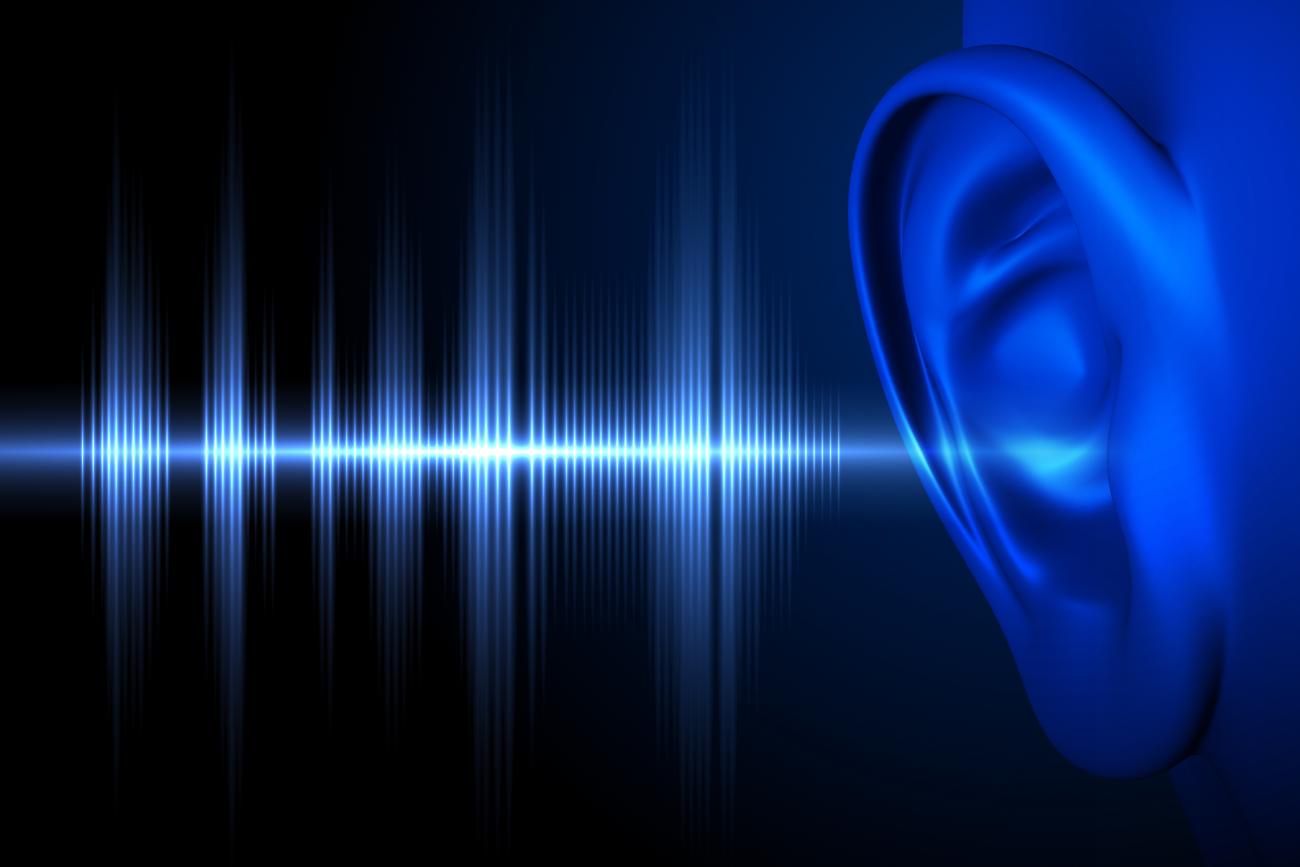The overall goals of the Developmental Neuroscience Section are to identify the molecular and cellular factors that play a role in the development of the sensory epithelium of the mammalian cochlea (the organ of Corti). The organ of Corti is comprised of at least 6 distinct cell types that are arranged in highly conserved mosaic. The generation of a specific number of each cell type and the arrangement of these cell types into a regular pattern are essential for the normal perception of sound; however, our understanding of the factors that play a role in the development of this structure is extremely limited. Current research in the laboratory is focused on the mechanisms that control the number of cells that will develop with each distinct phenotype. Previous results have demonstrated that the number of cells that will develop as sensory hair cells is regulated through inhibitory interactions between neighboring cells. These results suggest that the possible cell fates within the cochlea may be arranged in a hierarchy and that as the number of cells that become specified to develop as a single phenotype increases, these cells then begin to produce inhibitory signals that force the remaining cells to develop with alternate fates. A second area of interest is the mechanisms that control overall cellular pattern within the cochlea. The cellular pattern of the mammalian cochlea is arranged in a gradient such that one type of sensory cell is located on one edge of the epithelium and a second type of sensory cell is located on the opposite edge. At both edges the sensory cells are arranged in distinct rows. The factors that specify the formation of this pattern are unknown; however, preliminary results suggest that the Wnt signaling pathway may play a role in the development of this pattern. Finally, recent work in the laboratory has begun to examine the molecular factors that regulate the development of planar polarity within the cochlea. All hair cells have a "V"-shap.
Animals: Rodents
Campus Institute: National Institute on Deafness and Other Communication Disorders



